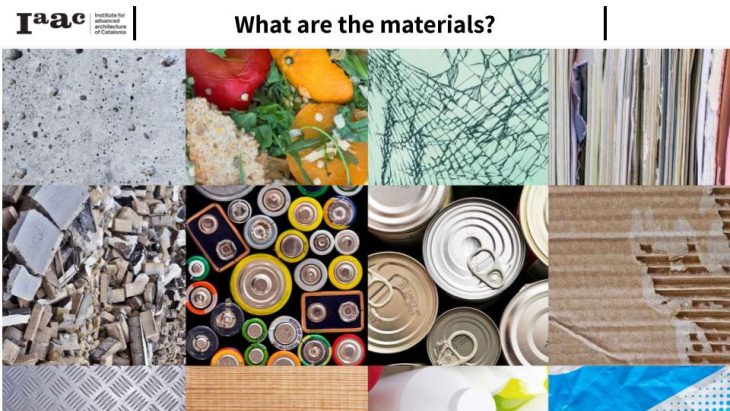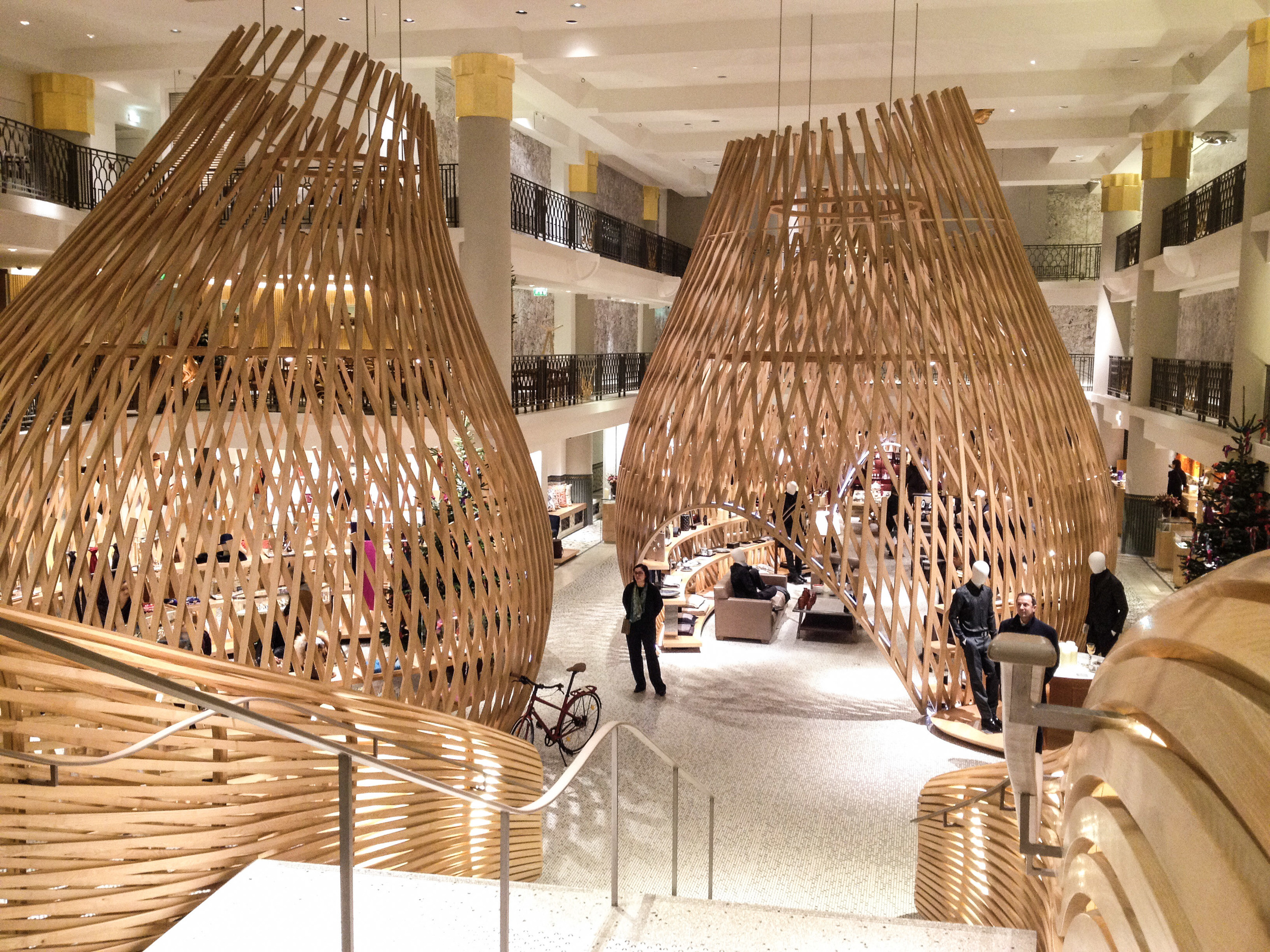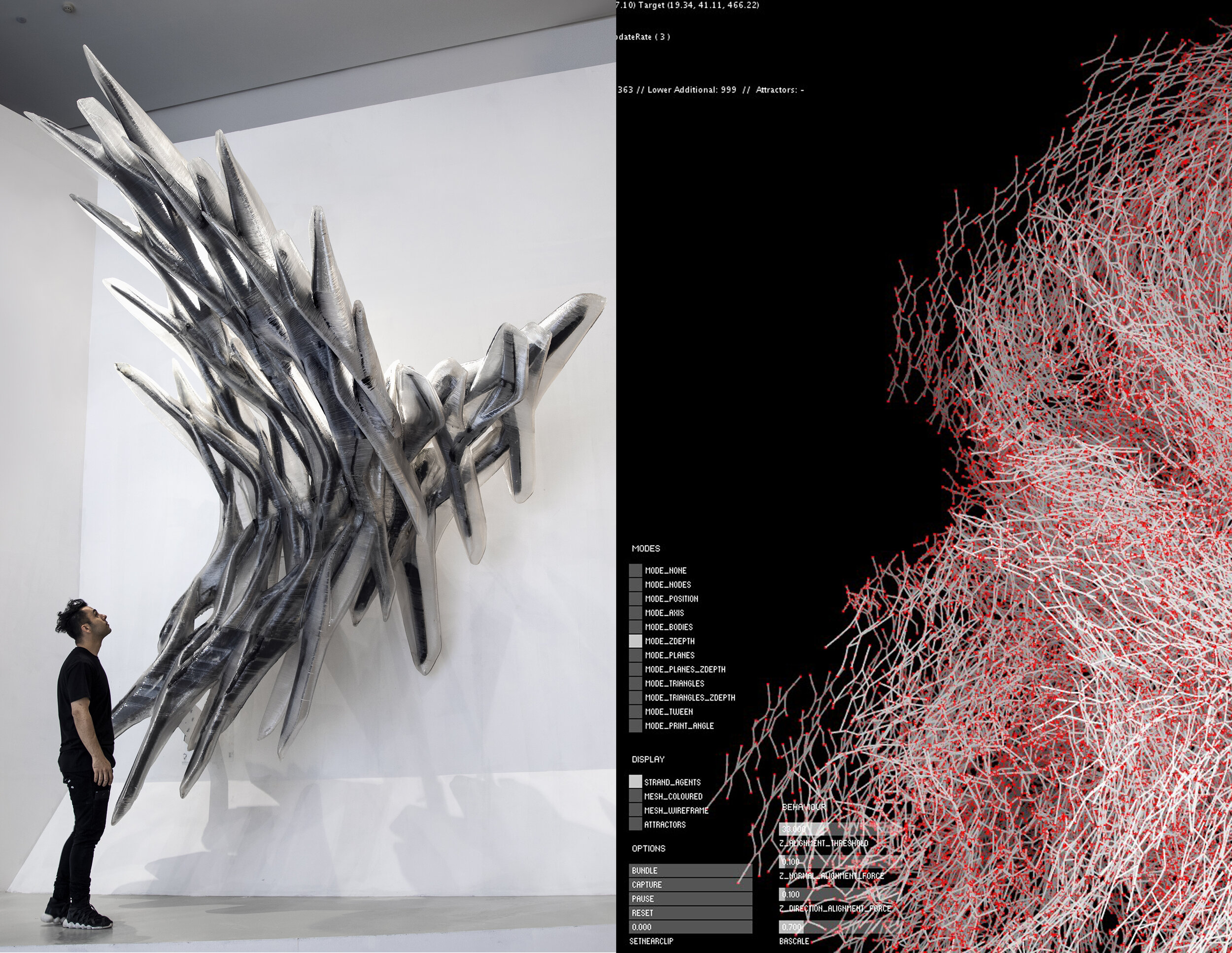Understanding Structural Materials and Innovation
Lead faculty: Jane Burry
Research materials :
- A few insights – F. Pacheco-Torgal, J.A. Labrincha
- Lattice Spaces – ECAADE2011 – Sascha Bohmenberger, Klaas de Rycke, Agnes Weilandt
- Printed Assemblages : Roland Snooks, Laura Harper
- Towards a New Culture of Architectural Engineering : Jan Knippers
01 – A Few Insights : Understand Structural Materials
F. Pacheco-Torgal, J.A. Labrincha
To understand a material – Research from a few insights will explain about the ecological world of how materials extracted and make an impact on environment.
Materials could be anything of a single atom or a combination between substances. It has been used as a based to structure an object. In this research, you will find different topics of how to comprehend the use of materials, how to develop its properties and behaviors, and create innovative new sustainable materials for construction.
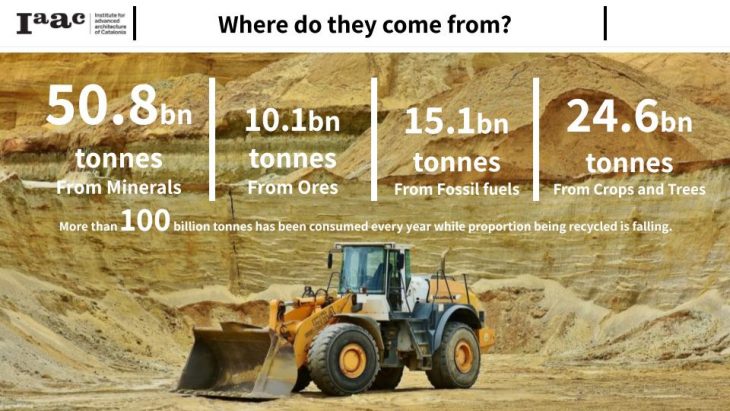

There are billions of materials wasted and cannot be reused or recycled. Mostly were used in the housing and infrastructural construction. In this research, the example has spoken about the Nano Technology which was believed to be eco-efficient construction materials.
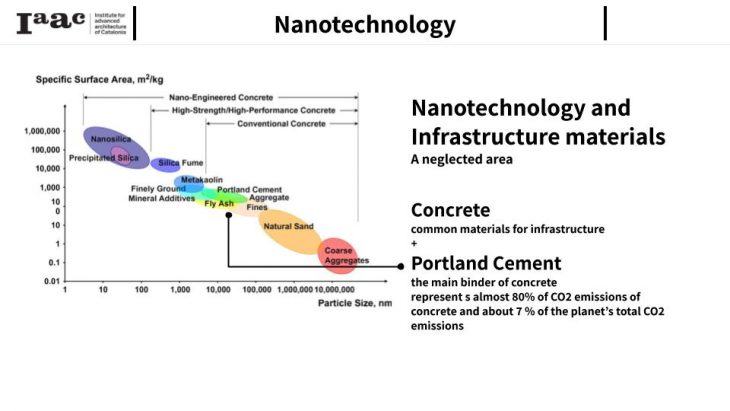
Some of innovative materials perform excellence work to bond the infrastructure materials in nanoscale, however they could cause harmfulness to an environment with large amount of Carbon-dioxide emissions.
02 – Toward a New Culture of Architectural Engineering
Jan Knippers
Toward a New Culture of Architectural Engineering
Jan Knippers
The creation of materials has been developing through several period on historical timeline. In 19th Century, it is an era of Steel construction where many bridges and railways were produced and manufacturing from steels and irons. That is to say, the culture movement of materials will occurs politically and economically to the discovery of materials.
In 2012, ITKE/ICD research pavilion has published the process and experiment of new composite structure materials. Glass-Carbon Fiber was introduced to be a main structural materials for the pavilion.
Toward a New Culture of Architectural Engineering
Jan Knippers
With the advance of technological development, the pavilion structure could be prior calculated by materials property data. In this case, Glass-Carbon Fiber composite materials also allow the structure to have adaptability for loading balance that is what engineering need to initially collaborate with the designer to evaluate the possibility of construction as the materials had been chosen.

Toward a New Culture of Architectural Engineering
Jan Knippers
Apart from creating a new materials,
03 – Lattice Spaces
Sascha Bohnenberger, Klaaas de Rycke, Agnes Weilandt
The structural materials could be innovatively use in different vision. In this research, Lattice Spaces, the wood structure was brought to perform in bending and organic form.
Lattice Spaces
Sascha Bohnenberger, Klaaas de Rycke, Agnes Weilandt
The examples showing the wood in the fabricated manufacturing. The behavior of bending related to the process of treatment could expand the structural performance for wood materials such as bending, joining, carving, and creating curved or organic geometry. With the steps of glue-laminating process orderly, it allows the stiffness of materials to be more flexible. In which, could be bended into curved forms easily and strongly.
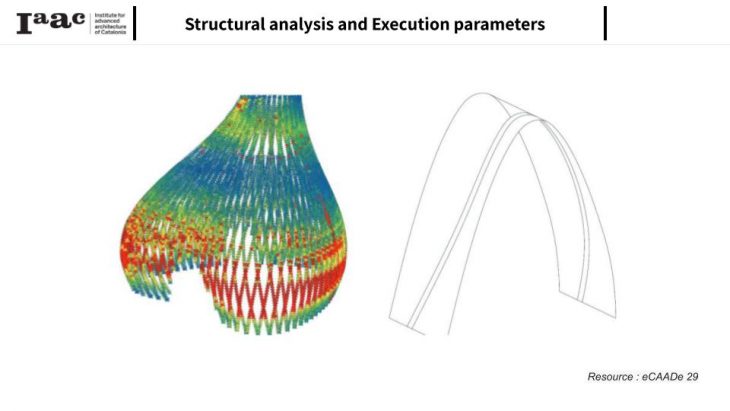
Lattice Spaces
Sascha Bohnenberger, Klaaas de Rycke, Agnes Weilandt
Also, technology can visualize the design and become an essential part for prior construction to understand and define the geometry according to the input data of the structural material properties. These 3D digital tools could construct, deconstruct and reconstruct again with parameters within the algorithm that have been written. In this design stage, patternization or tessellation become a strategy for materials to perform in the frame which need to be modified with variations in terms of scale, sizes, and critical thinking of how to fabricate individual elements and how to aggregate those pieces together.
04 – Printed Assemblages
Roland Snooks and Laura Harper
Printed Assemblages : Roland Snooks, Laura Harper
This project was inspired by the nature behavior of ants when they constructed themselves as a bridge. So this topic will focus on the self-structure and how to create and design an algorithm to find the material limitations and adjust accordingly to precision of fabricating tools. With a larger scale of 3d printing, the technology could reach closer to building scale. In this case, the self-structure form was integrated between skins and bones in order to make the geometries in one process without molding and joining.
BAAM polymer is one of the materials to print for this project where it is required for multiple components and also carefully controlled according to the uncontrollable environment factors including heats both from the machine and from the air, and limitation of robotic movements. To avoid this issue from happening, the designer can also give a toleration to the algorithm according to this imperfection of fabrication.
Lastly, by using digital tools combined with research of materials. It is still requiring a lot of experiment prior to construction. Even the tools can give us a result already but the designer needs to feed those data back to create a loop in order to ensure and be more precise to find an optimal solution.
